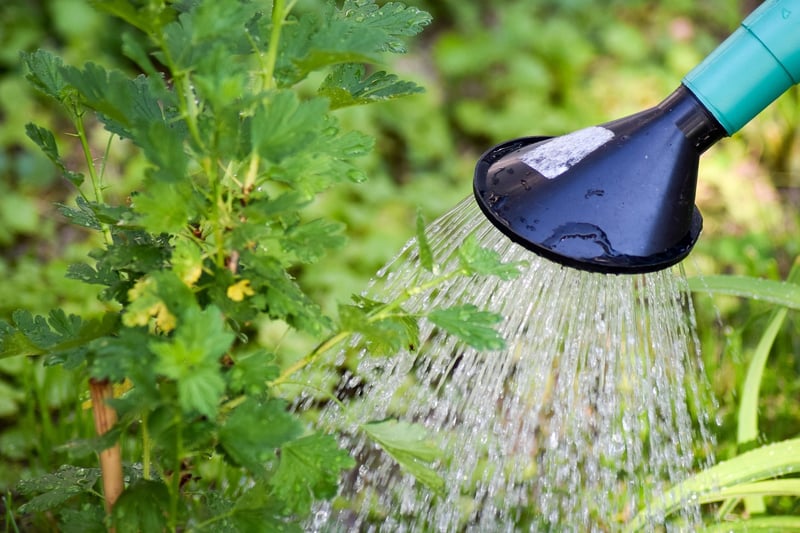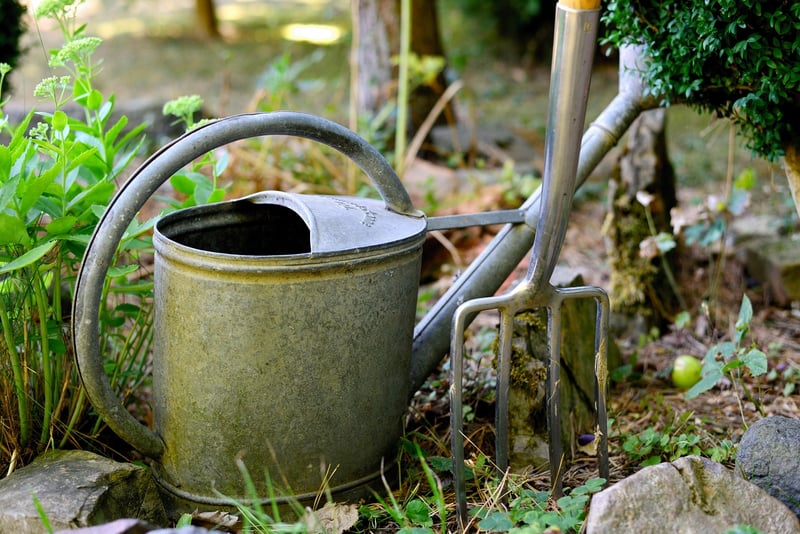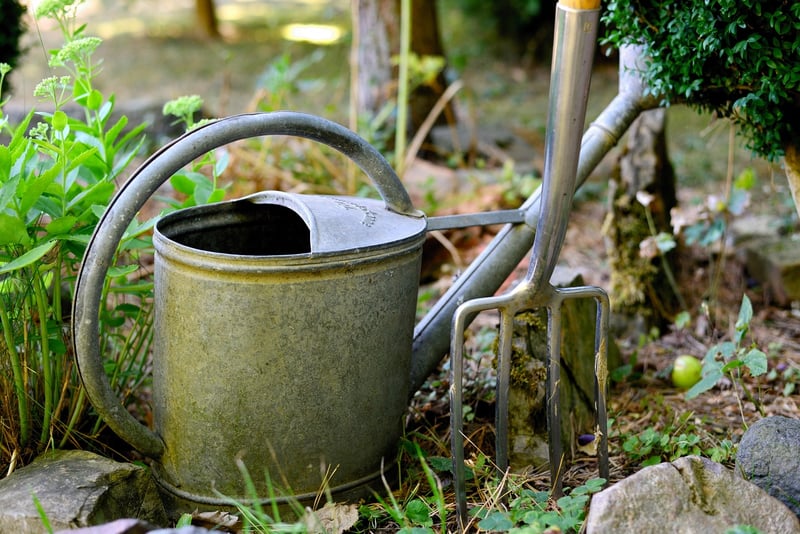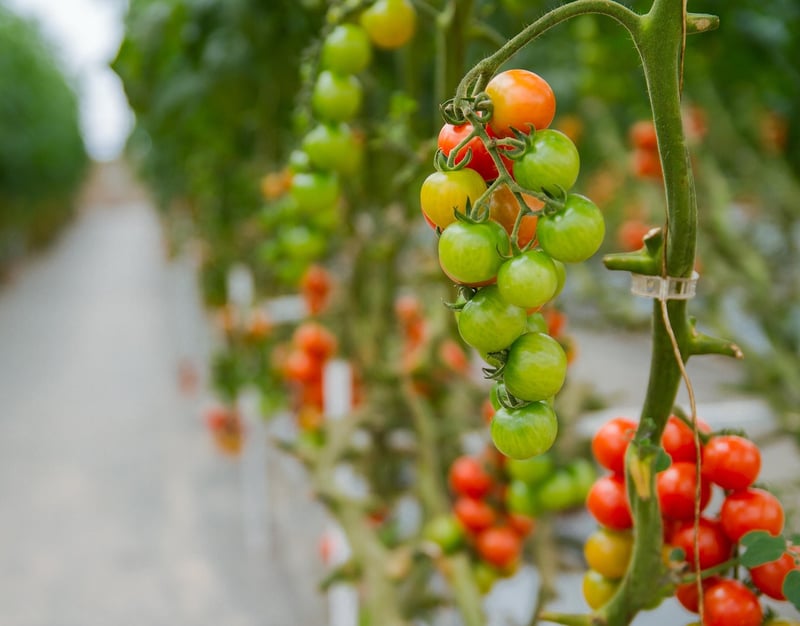Self-Watering Systems
Effective Watering Methods for Vertical Gardens + Self-Watering Systems
Vertical gardens are a fantastic way to bring greenery into small spaces, beautify walls, and improve air quality. However, keeping these gardens adequately watered can be a challenge. In this article, we'll explore effective watering methods for vertical gardens and introduce self-watering systems that can make maintenance a breeze.
1. Drip Irrigation System
A drip irrigation system is an efficient way to water vertical gardens. It delivers water directly to the plants' roots, minimizing waste through evaporation or runoff. By using a timer, you can automate the watering schedule, ensuring your plants receive the right amount of water consistently.

2. Vertical Garden Watering Wand
A watering wand with a long, narrow spout is ideal for reaching plants in vertical gardens. This tool allows you to target specific areas without causing water to cascade down the wall. It provides precision watering, which is especially useful for plants with varying water needs.

3. Self-Watering Systems
Self-watering systems are a game-changer for vertical gardens. These systems utilize reservoirs to store water and wick mechanisms to deliver moisture to the plants' roots as needed. They help maintain consistent soil moisture levels and reduce the frequency of manual watering.

4. Hydroponic Systems
For a more advanced approach, consider hydroponic systems for your vertical garden. These systems use nutrient-rich water to deliver essential minerals directly to the plants' roots. Hydroponics can be a space-saving and water-efficient solution for vertical gardening.

By incorporating these effective watering methods and self-watering systems, you can ensure that your vertical garden thrives with minimal effort. Experiment with different techniques to find the best watering solution for your plants' needs.
Remember, consistent and adequate watering is key to maintaining a healthy and vibrant vertical garden!
